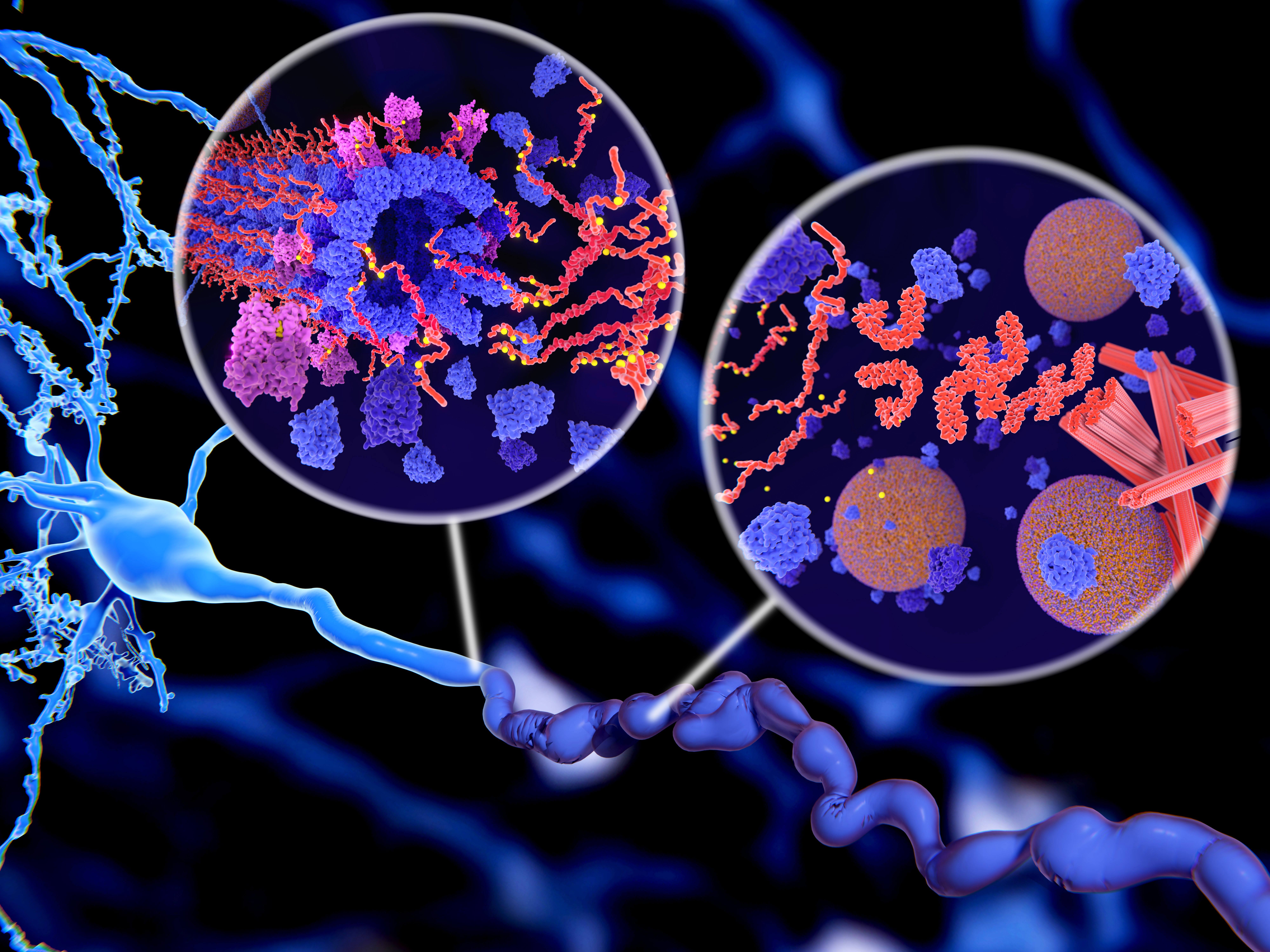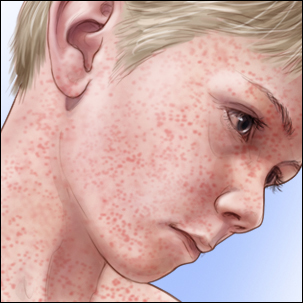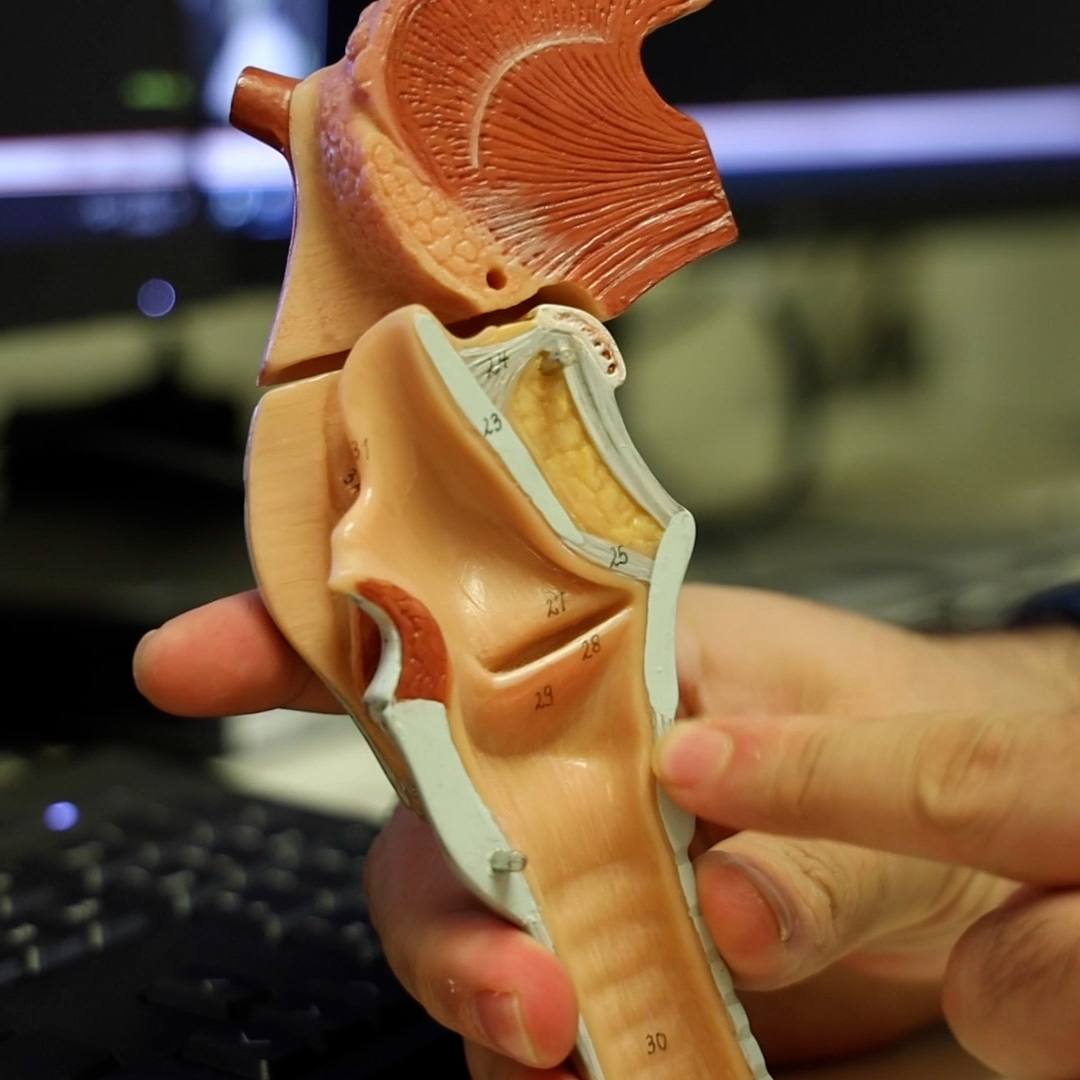-
Featured News
Gene variants may increase susceptibility to accumulate Alzheimer’s protein tau, study shows

ROCHESTER, Minn. — The toxic protein tau is a key biological feature in the brains of people with Alzheimer's disease. Yet the factors that make people susceptible or resistant to tau accumulation are not well-understood. A preliminary Mayo Clinic study shows that inherited DNA variants may be associated with developing tau deposits in older adults. The research will be presented at the American Academy of Neurology's 72nd Annual Meeting in Toronto April 25–May 1.
"The location and burden of tau in the brain is closely related to cognitive symptoms in Alzheimer's disease, but we don't know nearly enough about how and why tau accumulates the way it does," says first author Vijay Ramanan, M.D., Ph.D., a behavioral neurology fellow at Mayo Clinic. "These findings point to genetic factors being key in that process, which may help us better predict who will develop symptoms and hopefully identify new targets for treatment," Dr. Ramanan says.
The study included 754 people over 50, with an average age of 72, from the population-based Mayo Clinic Study of Aging in Olmsted County, Minnesota. Of those, 87% had no memory or thinking problems. Researchers studied the participants' genetic profiles and used positron emission tomography (PET) scans to look for tau proteins in their brains.
The study found that participants with novel genetic variants on chromosomes 1 and 5 had a higher amount of tau in their brains, compared with people who had more typical gene sequences in those regions. The genetic variants were found in 2% to 3% of the group, and those participants had about 10% higher tau levels than those without the variants.
The data also confirmed that variants in the microtubule-associated protein tau (MAPT) gene, which produces tau protein, were associated with tau levels and suggested that genes previously linked to risk of Alzheimer's disease dementia, including apolipoprotein E (APOE), are not associated with tau accumulation.
"We are excited that the availability of tau imaging in the Mayo Clinic Study of Aging has allowed us to investigate the genetic architecture underlying tau deposition that may be distinct from the genetic architecture underlying amyloid deposition ― both key proteins underlying Alzheimer's disease dementia," says Prashanthi Vemuri, Ph.D., an Alzheimer's researcher at Mayo Clinic and senior author.
The study was supported by the National Institutes of Health; GHR Foundation; Alexander Family Alzheimer's Disease Research Professorship of Mayo Clinic; Mayo Foundation for Medical Education and Research; Liston Award; Elsie and Marvin Dekelboum Family Foundation; Fondation Dr. Corinne Schuler; and Avid Radiopharmaceuticals, which supplied the imaging agent that allows researchers to detect tau in the brain.
Co-authors ― all from Mayo Clinic ― are Xuewei Wang, Ph.D.; Scott Przybelski; Sheelakumari Raghavan, Ph.D.; David Knopman, M.D.; Jonathan Graff-Radford, M.D.; Val Lowe, M.D.; Michelle Mielke, Ph.D.; Clifford Jack Jr., M.D.; Ronald Petersen, M.D., Ph.D.; and Owen Ross, Ph.D.
###
About Mayo Clinic
Mayo Clinic is a nonprofit organization committed to innovation in clinical practice, education and research, and providing compassion, expertise and answers to everyone who needs healing. Visit the Mayo Clinic News Network for additional Mayo Clinic news and An Inside Look at Mayo Clinic for more information about Mayo.
Media contact:
- Susan Barber Lindquist, Mayo Clinic Public Affairs, 507-284-5005, newsbureau@mayo.edu
Related Articles







